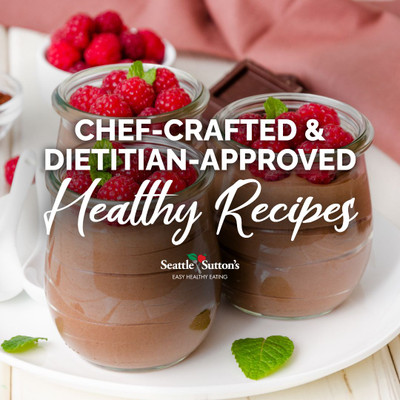Cauliflower Craze: The Nutrition Trend Continues to Grow
As you have probably noticed, the amount of products featuring cauliflower at the grocery store has exploded. You can find rice, pizza crusts, pasta, tortillas, and even crackers made from cauliflower. The trend does not show signs of slowing down either, with “cauli-flour” expected to be a top food trend for 2020. I still remember trying cauliflower mash about ten years ago. It quickly became popular as a replacement for starchy potatoes to lower the calories and carbohydrates. As the cauliflower craze has continued, it is still being used as a replacement for many other carbohydrate-rich foods.
White foods often get a bad rap when it comes to their nutritional content, but cauliflower is full of nutrition. It is high in fiber, vitamin K, vitamin C, folate, phytochemicals and antioxidants, making this a food trend that we can all get behind. Since most people do not get the recommended servings of vegetables in their diets, and because cauliflower has such a mild flavor, it pairs well with almost any other vegetable and can be hidden in many recipes, making it a perfect nutritious addition for even the pickiest eaters.
The link between cruciferous vegetables, (such as cauliflower, broccoli, and Brussels sprouts) their components, and cancer prevention, is relatively well-studied. The American Institute for Cancer Research conducted a comprehensive review of decades of research and concluded that there is strong evidence that cruciferous vegetables can decrease the risk of lip, mouth, tongue, and other cancers. Due to its dietary fiber, non-starchy vegetables (such as cauliflower) can also help decrease the risk of colorectal cancer. Besides cancer prevention, cauliflower also helps to inhibit inflammation and boost immune function.
As a general rule, it is usually best to focus on fresh foods. For example, a processed cheese cracker made with cauliflower may still be high in fat and sodium, so don’t assume that just because the label says it is made with cauliflower, that it automatically means what you are eating is healthy. Look at the nutrition label and always read the ingredient list. Remember, what is listed toward the top of the ingredient list is what is most present in the food, so if cauliflower is one of the last ingredients it may be more marketing rather than a good-for-you food. Experiment with cauliflower at home by using frozen diced cauliflower in place of rice or pureeing cauliflower to add to soups or sauces. There are many great recipes for homemade, healthy cauliflower pizza crust that may be more nutritious than the varieties at the store. Many people are surprised how much they like the taste of cauliflower when mixed into these types of recipes. So go ahead, jump on the train, and join in on the cauliflower trend!

Interested in eating healthy? Hungry for more?







 Weight Loss
Weight Loss Health & Wellness
Health & Wellness Diabetes
Diabetes Heart Health
Heart Health Motherhood & Family
Motherhood & Family Dietary Restriction
Dietary Restriction Other Health Conditions
Other Health Conditions About SSHE
About SSHE


